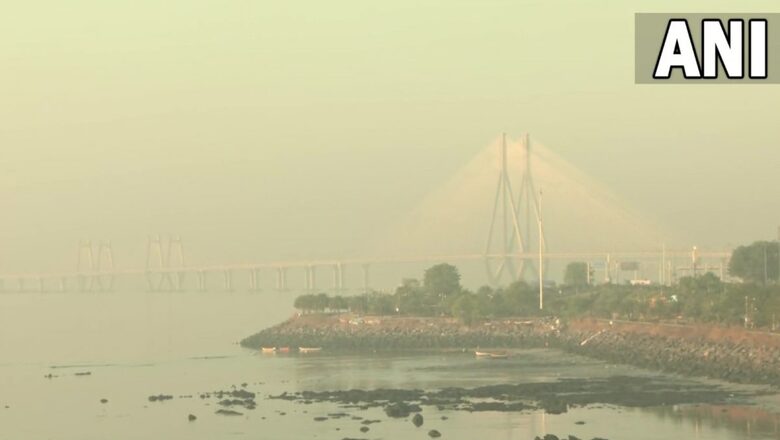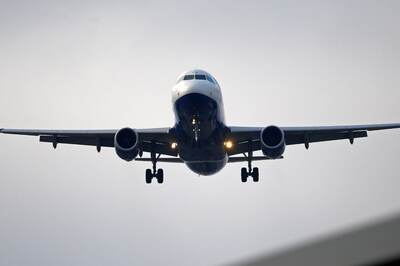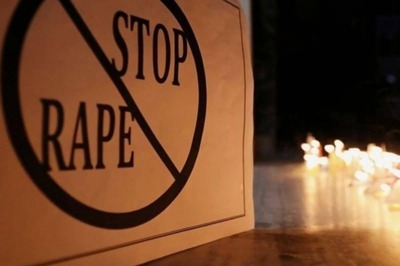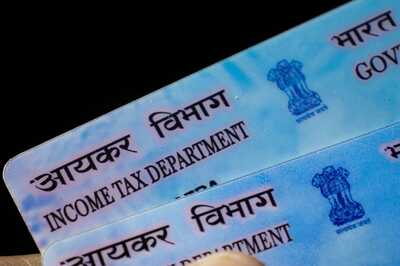
views
This winter, Mumbai stayed in the news — not because of the dip in temperatures, but the rise in air pollution. Moreover, even as summer is approaching, the air quality remains poor.
According to Swiss air-tracking index IQAir, a real-time air quality monitoring system, Mumbai was ranked the most-polluted city in India and second most polluted city globally within a week between January 29 and February 8.
Usually, there are two factors behind ambient air pollution — man-made, such as industries, vehicles, and construction; and natural such as dust storms, weather or climate change.
The continued emission from different development works and transport vehicles is one of the reasons behind the rising pollution levels in Mumbai.
EXPERTSPEAK
Dr Gufran Baig, founder and project manager of System of Air Quality, Weather Forecasting and Research (SAFAR), said: “This year, the air quality of Mumbai dipped significantly. This happened because there is no control over emission, which happens due to a lot of construction activities, transportation and development activities. Secondly, clean winds, which usually drift the pollution, are seen at a gap of 10-15 days, from the usual three-four days. This ensures the pollution still remains in the air."
According to Dr Baig, Mumbai has the advantage of the sea shore as clean winds originate from the sea. “Due to La Niña, we have temporarily lost the advantage, hence the pollution remains."
ACTION PLAN
As construction dust, traffic congestion, industrial and power sector waste burning contribute majorly to the pollution, the Mumbai civic body – Brihanmumbai Municipal Corporation (BMC) — in its budget for 2023-24 had announced a seven-step action plan to battle air pollution as part of a Clean Air Mumbai initiative.
The measures include air purifiers at five crowded locations, implementation of measures to check dust pollution at construction sites and roadsides, sustainable and clean transport modes, waste control steps, urban greening, effective monitoring of air quality, and awareness campaigns, etc.
The BMC has announced five more air quality monitoring stations.
Mumbai currently has 20 active stations, which, according to experts, are not enough for the city.
HEALTH HAZARDS
The air pollution has left many, especially children, complaining of itchy eyes, headaches, cough, cold and fever.
Dr Behzad Bhandari, a paediatrician attached to SRCC Children’s Hospital, said, “At least six of the 10 patients seen in the OPD are with complaints of burning eyes, headaches and cold and fever. Treatments take longer than usual to show effect."
According to Dr Bhandari, children have become more prone to both upper and lower respiratory problems, most of which are viral in nature. “In a rare case, when a child develops fast and labored breathing or is too sick to take anything orally, hospitalization with IV medication and oxygen supplementation is also needed. We have also seen an increase in allergic conditions such as rhinitis and asthma."
Read all the Latest India News here




















Comments
0 comment